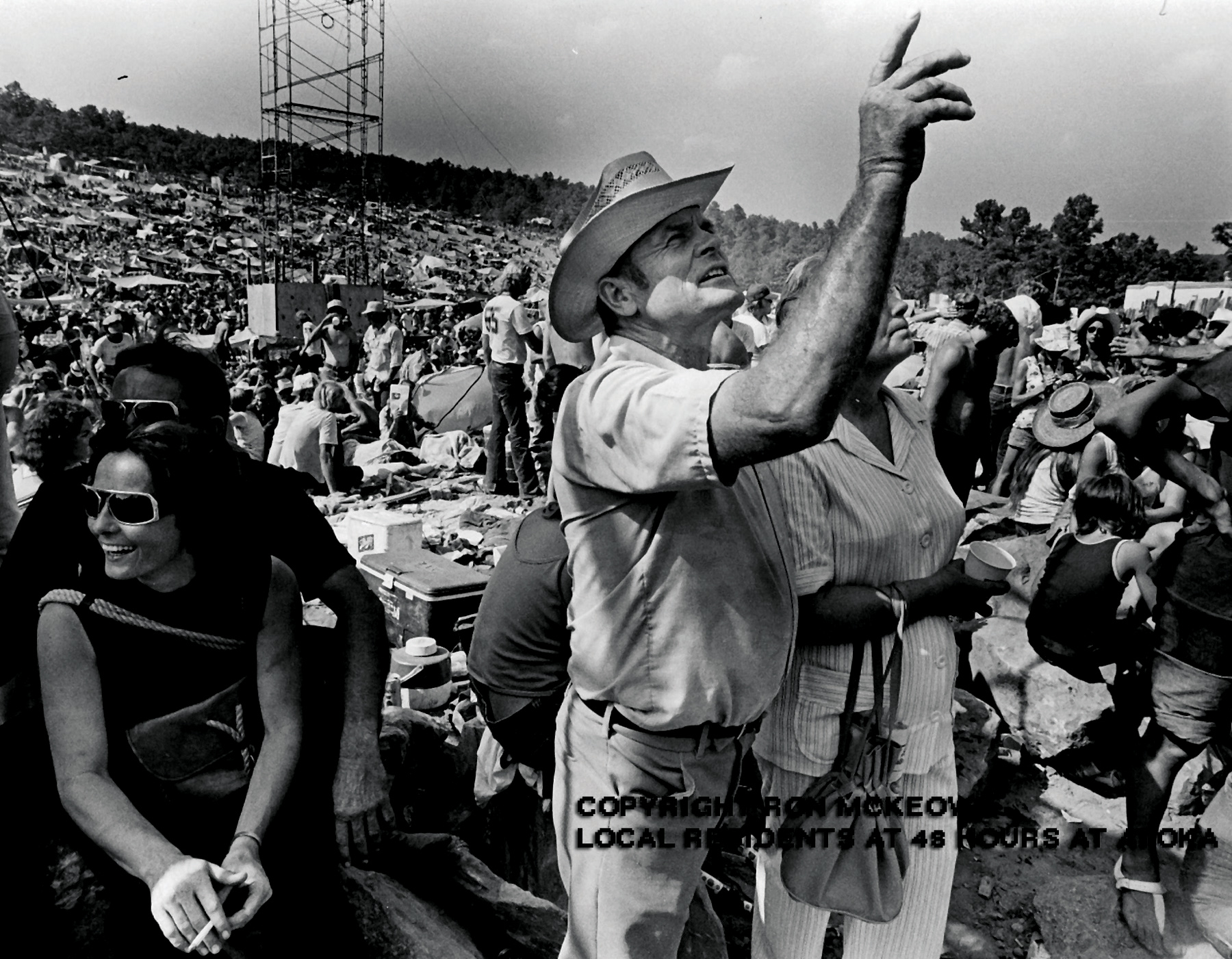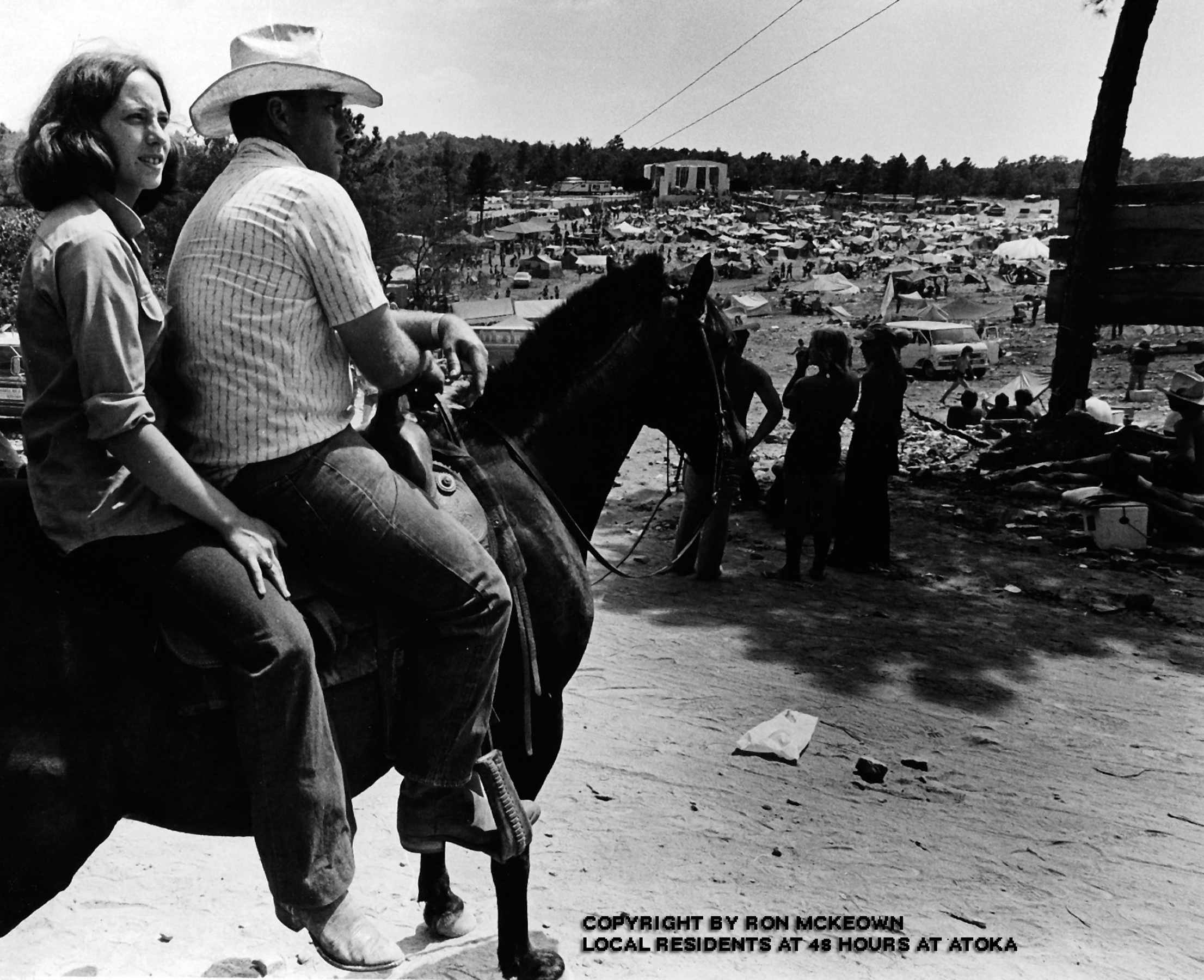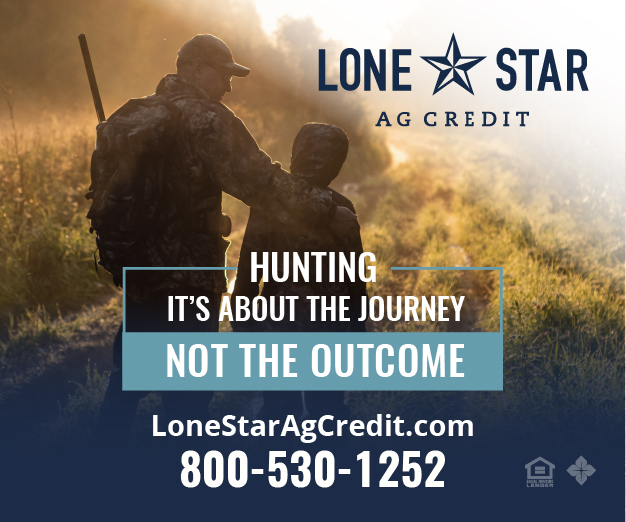Attractions
48 Hours in Atoka Remembered
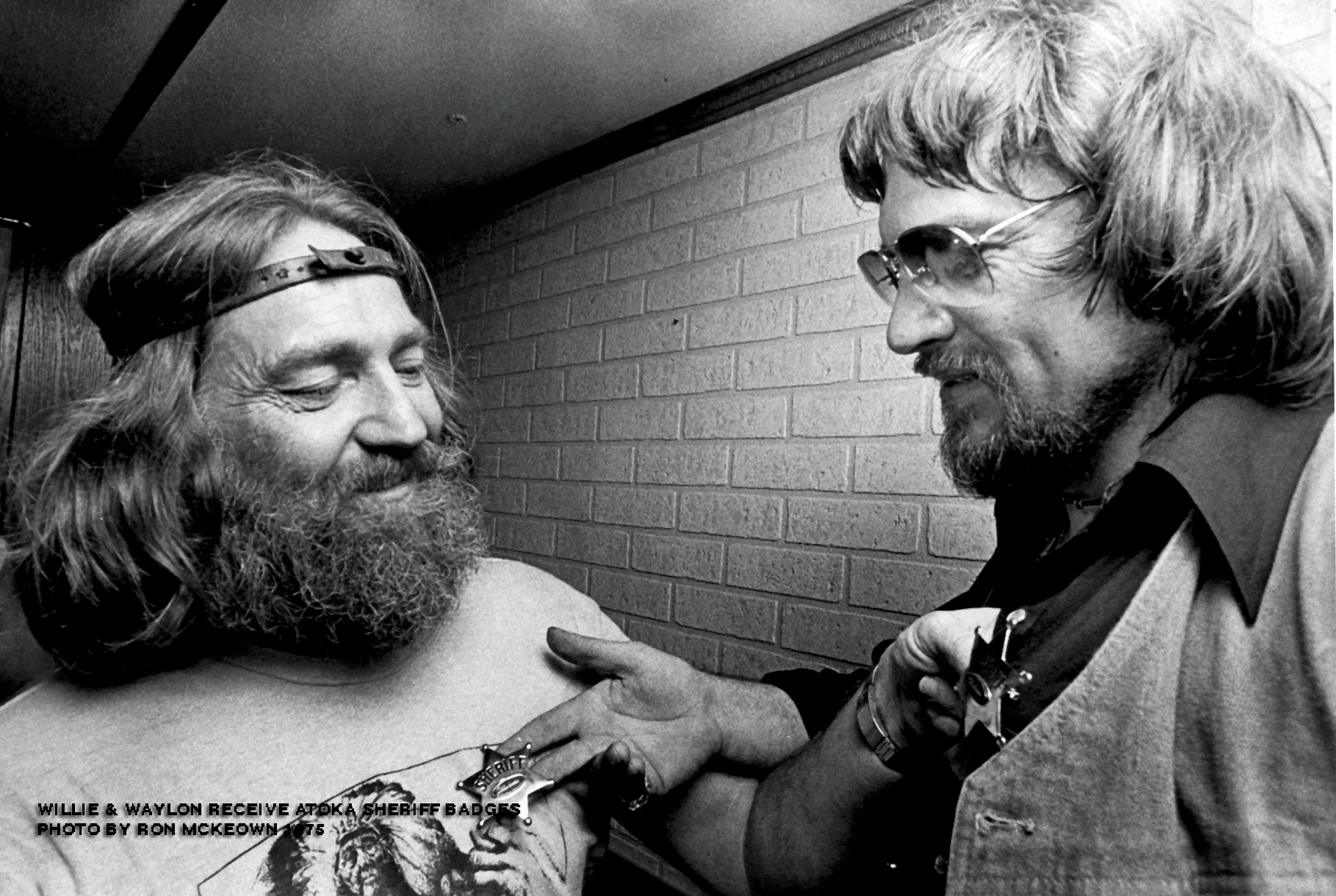
By Jan Sikes
Atoka, Okla., is a sleepy little town with a population of about 3,000 situated in the southeastern corner of the state. But what occurred on Labor Day weekend in 1975 changed it forever. It is now known as the home of Oklahoma’s Woodstock music festival.
On a recent visit to the Atoka Museum and Civil War Cemetery, I found a modest display commemorating an event that was destined to never happen again.
So, what went wrong? Well, I think it would be easier to list what went right rather than what went wrong.
The music artists who performed at this festival were some of the top names around at that time. Willie Nelson, Waylon Jennings, Freddy Fender, David Allan Coe, Jerry Jeff Walker, Jerry Lee Lewis, Jessi Colter, Hoyt Axton, Larry Gatlin, Freddy Weller, Johnny Duncan, Red Steagall and many more provided the entertainment.
A very young Reba McEntire performed two songs, “San Antonio Rose” and “Invitation to the Blues.” The next year, McEntire signed with Mercury records and began her journey on the road to a long and successful career. The Atoka Museum has a great McEntire display worth seeing.
That’s a stellar lineup, and there is no disputing that the music part of the event was comparable to none other except perhaps Willie Nelson’s famed Fourth of July Picnics.
To read more pick up a copy of the November 2017 NTFR issue. To subscribe call us at 940-872-5922.
Attractions
The Deadliest Prairie in Texas
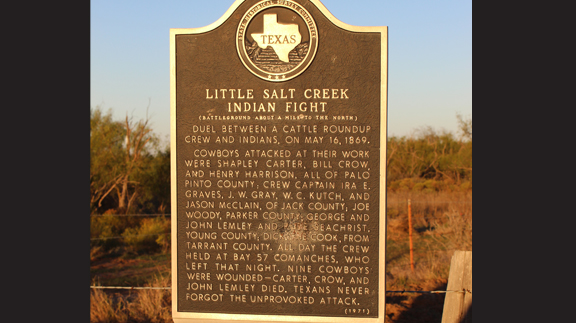
By Shannon Gillette
The Salt Creek Prairie with its rolling natural grasses and rampant wildflowers was a deceptive backdrop to the most dangerous prairie in Texas. Located in the northern section of Young County, the prairie absorbed an abundant amount of blood, shed from the battles between the encroaching white man and the Indians desperately trying to hold on to their home lands.
The Salt Creek Prairie was the location of several encounters between the Kiowa, Comanche and the area ranchers. The Indian Raid of Elm Creek on Oct. 13, 1867, resulted in the death of seven ranchers, five former Confederate Soldiers, the kidnapping of six women and children and the theft of 10,000 head of cattle. On May 18, 1871, the prairie witnessed another massacre when the Warren Wagon Train was hit by Kiowa under the command of Satanta, Satank and Big Tree. Seven members of the wagon train were murdered and forty-one mules stolen. But perhaps one of the bloodiest encounters was the Salt Creek fight on May 16, 1869.
Eleven cowboys under the watchful eye of their foreman, Captain Ira Graves were in the process of rounding up about five hundred head of their cattle about five miles southeast of present day Olney, Texas. The ranch hands were William Crow, John and George Lemley, C. L. Carter, Jason McClain, W. C. Kutch, J. W. Gray, Henry Harrison, Rube Secris, Joe Woody and a former slave known as Dick. They had noticed signs of recent Indian activity and were vigilant as they gathered the herd together. Each was armed with cap and ball six shooters. They had pointed the cattle towards the ranch and had made about four miles headway when they noticed a few more head grazing in the distance. Graves sent Carter and Kutch to gather them up. They had advanced about two miles when they spotted a large band of Indians approaching fast. Carter and Kutch could have taken cover in the sparse timber, but realized they would be leaving their companions in serious danger. The two groups met in the middle and tried to take cover in a small ravine that drained into the Salt Creek. The shallow-make shift fox hole offered very little protection.
The Indians attacked again and again. Arrows rained down on the cowboys in a continuous stream of painful blows. They attacked and retreated and attacked and retreated, but each time were met with volleys of gunfire from the small group of ranch hands. Each time the Indians retreated, they conferenced with their leader, who had stationed himself on a small hill away from the battle. After six hours of the constant onslaught, Graves developed a plan. When the Indians retreated, he ordered his men to stand and wave as wildly as they possibly could. The band of Indians, numbering over fifty strong, retreated for a final time, leaving the small band of cowboys alone.
As the dust settled the ranch hands evaluated their losses. In Kutch’s personal account given several years later, he described the aftermath: “Wm. Crow had been dead for several hours, and C. L. Carter had a severe arrow wound in his body, and had been also painfully injured with a rifle ball. John Lemley was mortally wounded in the abdomen with an arrow; J. W. Gray had been twice struck with rifle balls, once in the body and one in the leg; W. C. Kutch had two arrow heads in his knee and one in his shoulder; Jason McClain had been twice wounded with arrows; Rube Secris had his mouth badly torn, and his knee shattered; Geo Lemley had his face badly torn, and an arrow wound in his arm; and Ira Graves and Dick were also wounded.” Harrison was sent to Harmison Ranch for help.
The exhausted and wounded cowboys braved a very long and frightful night. With great relief, the morning hours brought the welcome sight of an incoming wagon. The rescuers patched the wounded as well as they could and sent word that doctors were needed desperately. The doctors did not arrive until a full twenty-four hours later. Carter passed away the next day from the injuries received during the battle. Two years later, McClain died while on another cattle drive. The cause of his death was blamed on the substantial injuries incurred on that fateful day in 1869.
While today the prairie grasses still wave and the wildflowers bloom in gorgeous arrays of colors nestled between cactus and mesquite, the blood shed is a distant memory. On crisp spring mornings it is easy to picture the deadly predicament that the cowboys faced.
This article originally appeared in the January 2016 issue of NTFR.
Attractions
Oak Meadow Ranch
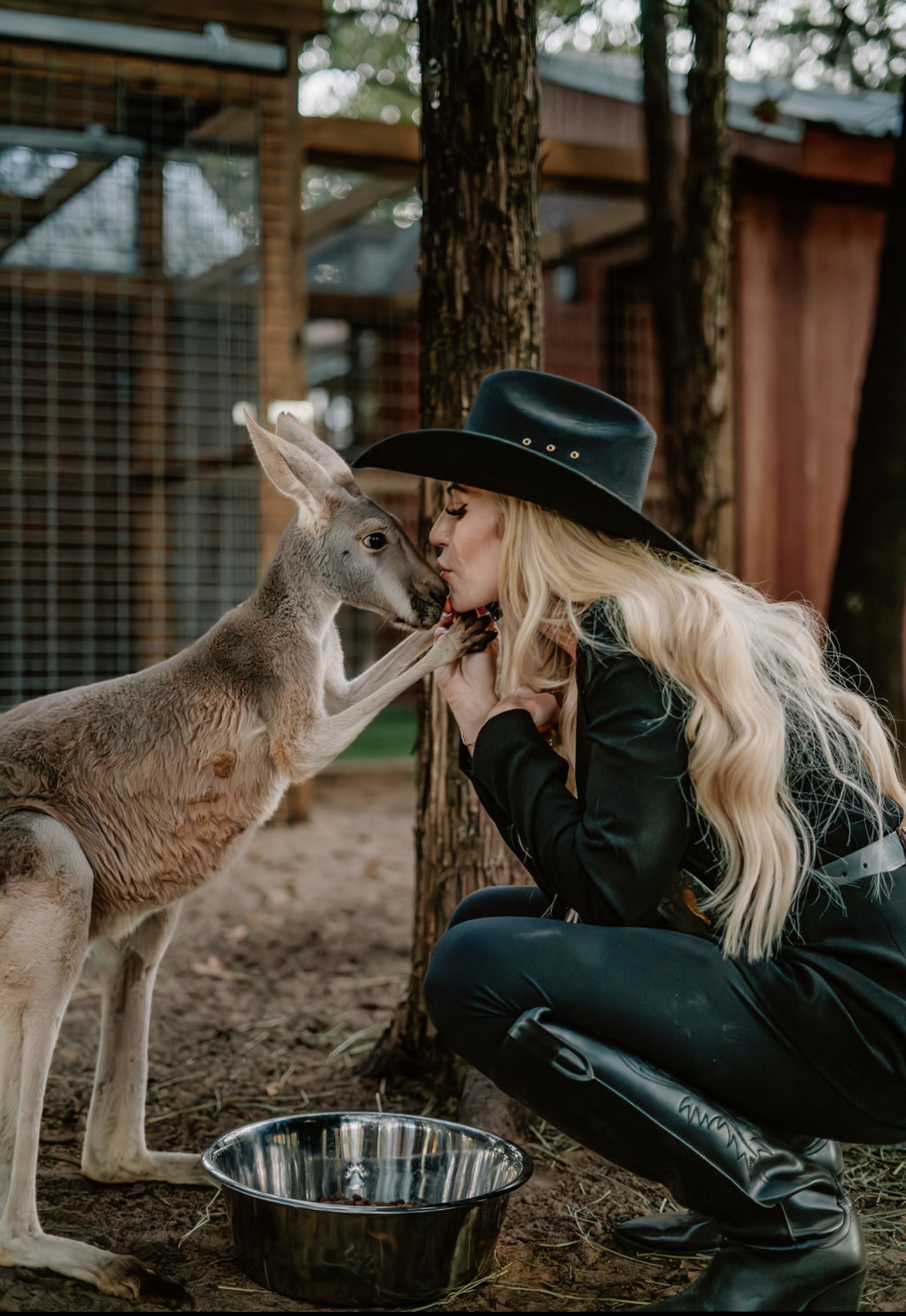
On The Road With Dave Alexander
Rarely will you find an event center that includes a music venue, a steakhouse and a wildlife refuge all rolled into one.
Oak Meadow Ranch has been welcoming guests for over two decades with one thing in mind, your complete happy experience.
The Chef Dinner and Exotic Animal Experience includes a four-course meal followed by a hands-on experience with exotic animals.
You can catch up with Dave at the Birthplace of Western Swing Festival in Fort Worth, Texas on November 7, or at the Irving Symphony Orchestra in Irving, Texas on November 9. To read more about his experience at Oak Meadow Ranch, pick up a copy of the October edition of North Texas Farm & Ranch magazine, available digitally and in print.
To subscribe by mail, call 940-872-5922.
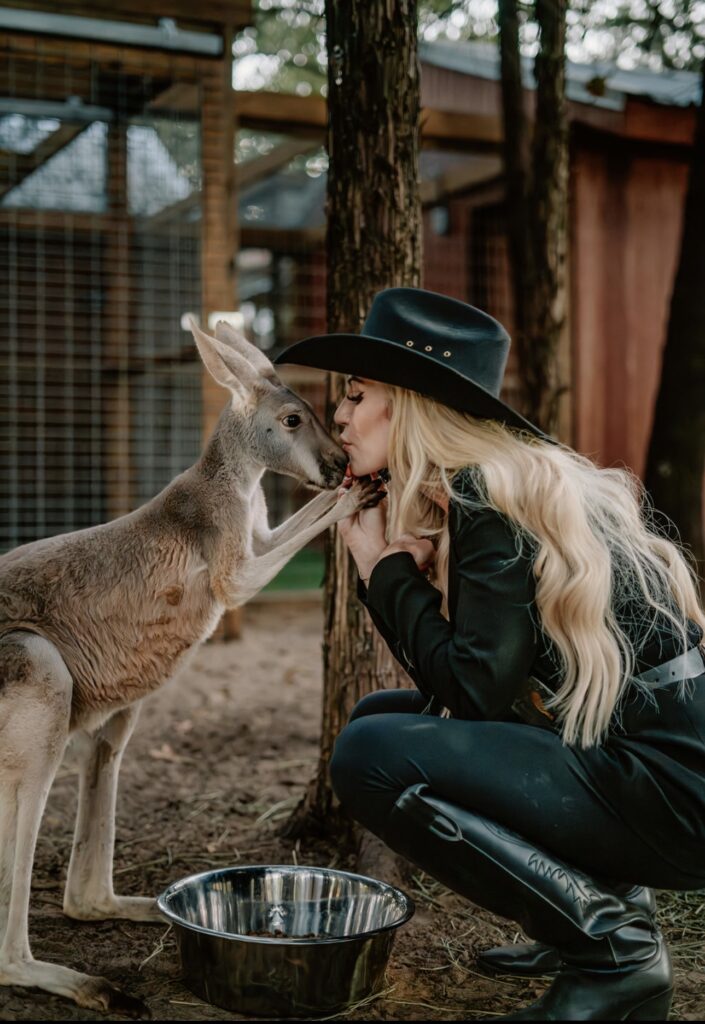
Attractions
Ag Elsewhere: Montana
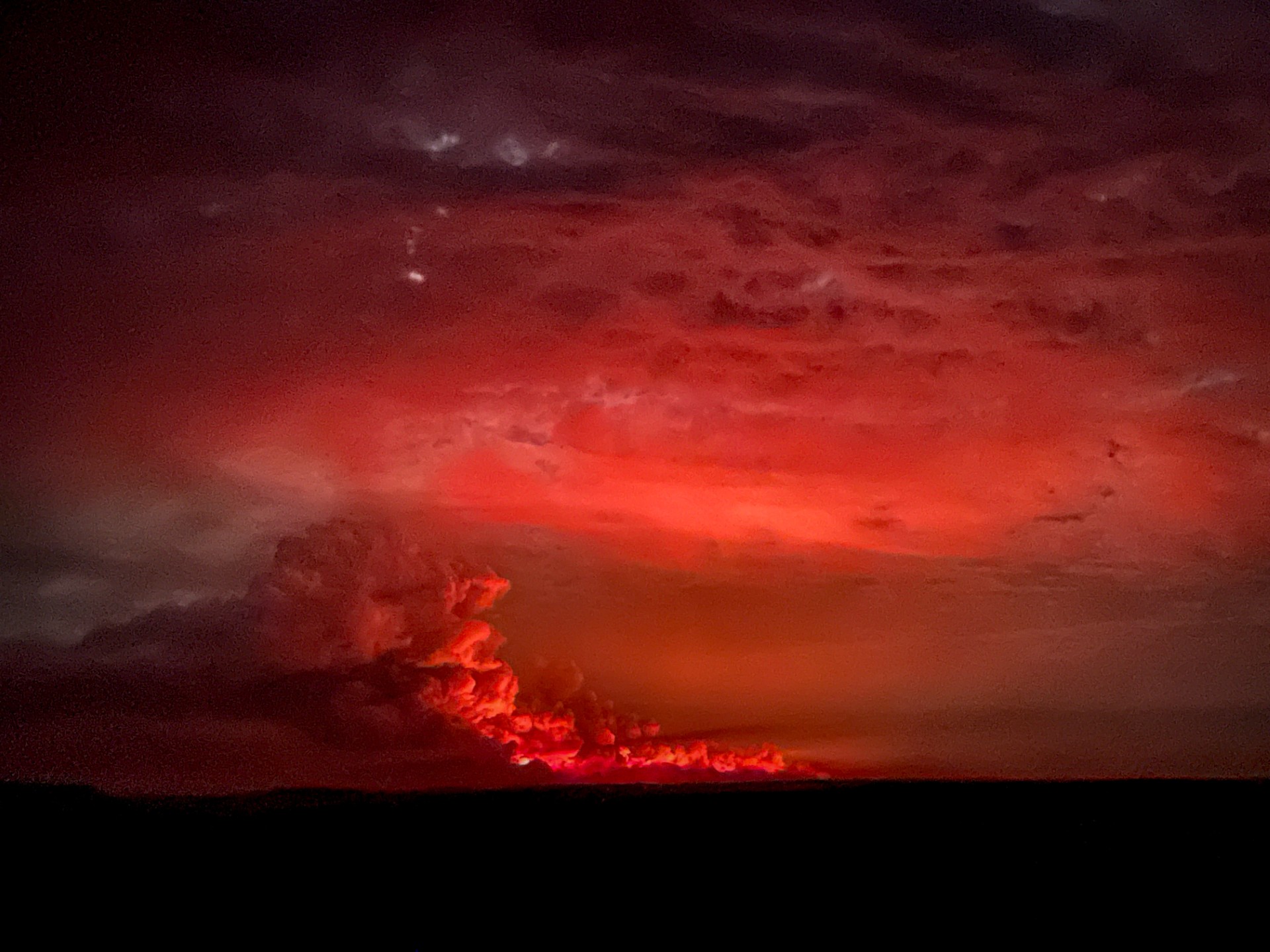
By: Lindsey Monk
On Aug. 22, 2024 at 11:40 p.m., the Remington fire jumped the line in Wyoming to burn towards Montana at a high rate of speed. The fire burned 194,459 acres and over 41 miles from one end to the other in a span of two days. Livestock producers will be feeling the effects for years to come.
Pick up a copy of the October edition of North Texas Farm & Ranch magazine, available digitally and in print. To subscribe by mail, call 940-872-5922.
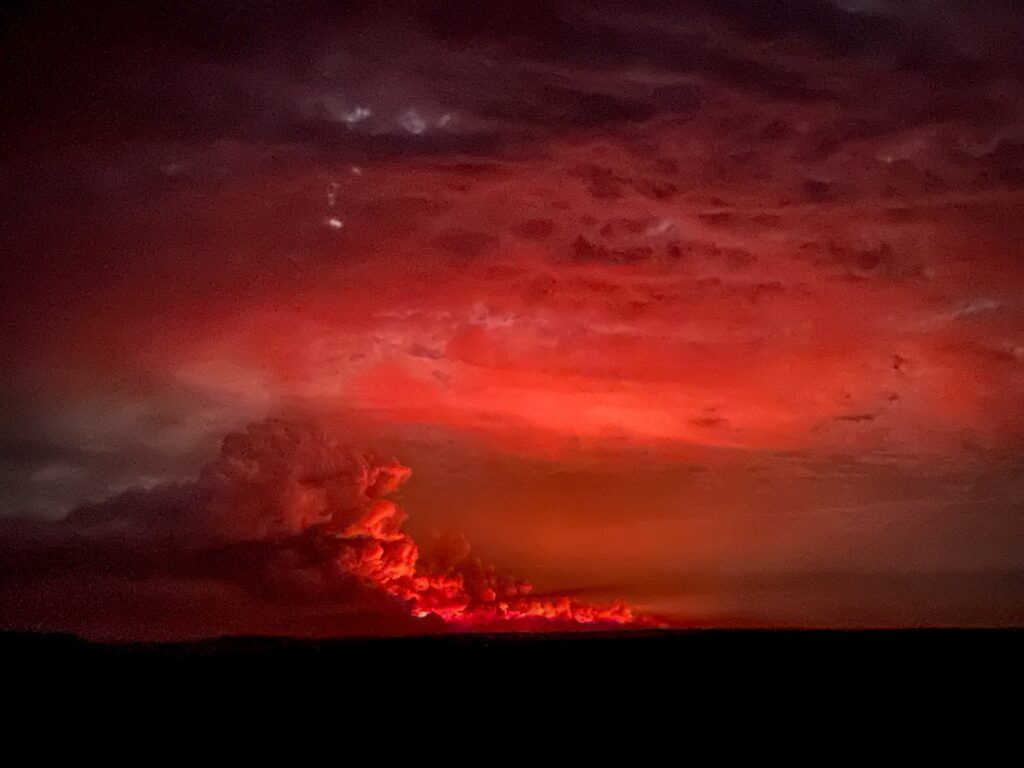
-
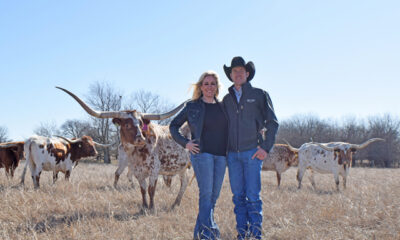
 Country Lifestyles2 years ago
Country Lifestyles2 years agoScott & Stacey Schumacher: A Growth Mindset
-
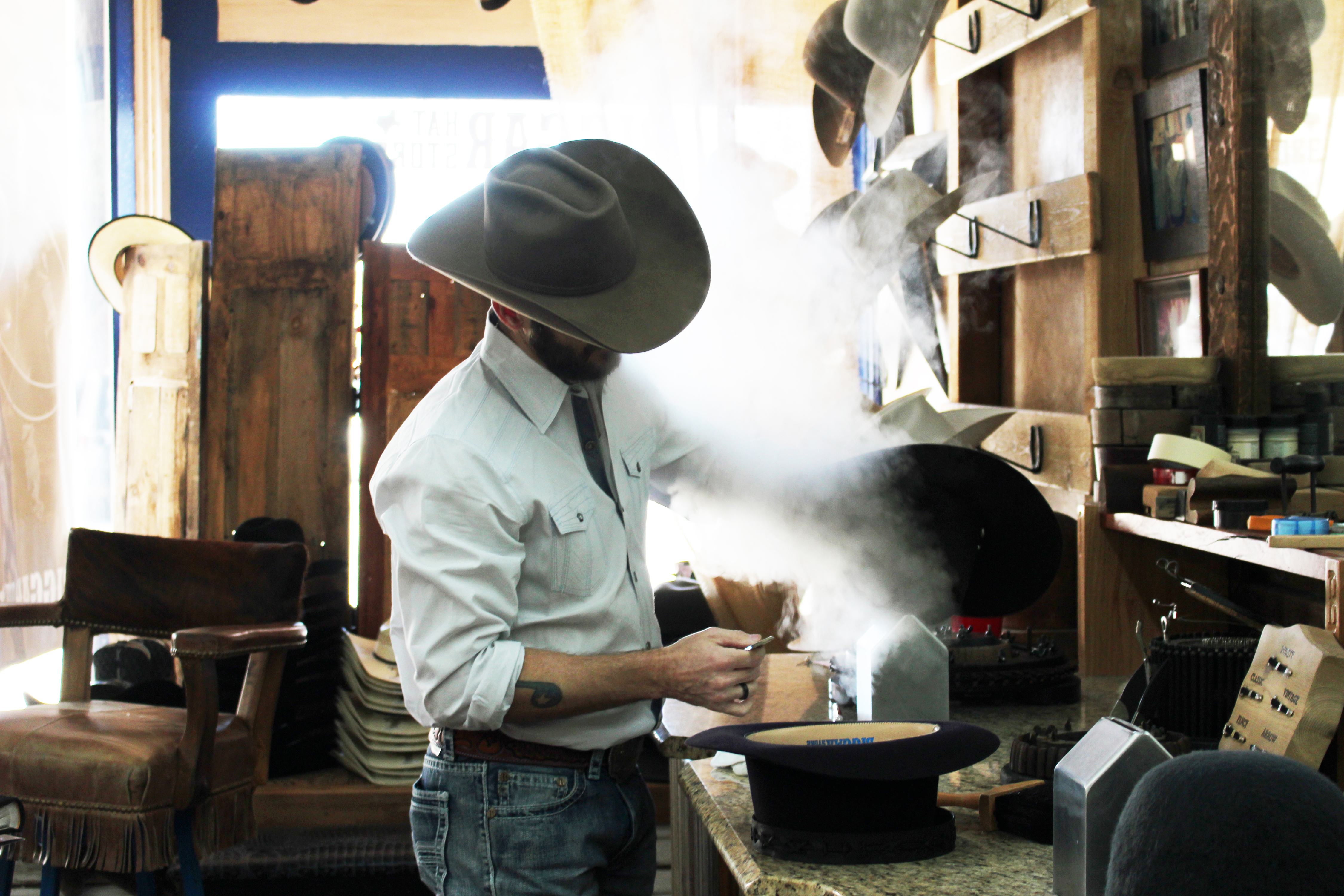
 Country Lifestyles8 years ago
Country Lifestyles8 years agoStyle Your Profile – What your style cowboy hat says about you and new trends in 2017
-
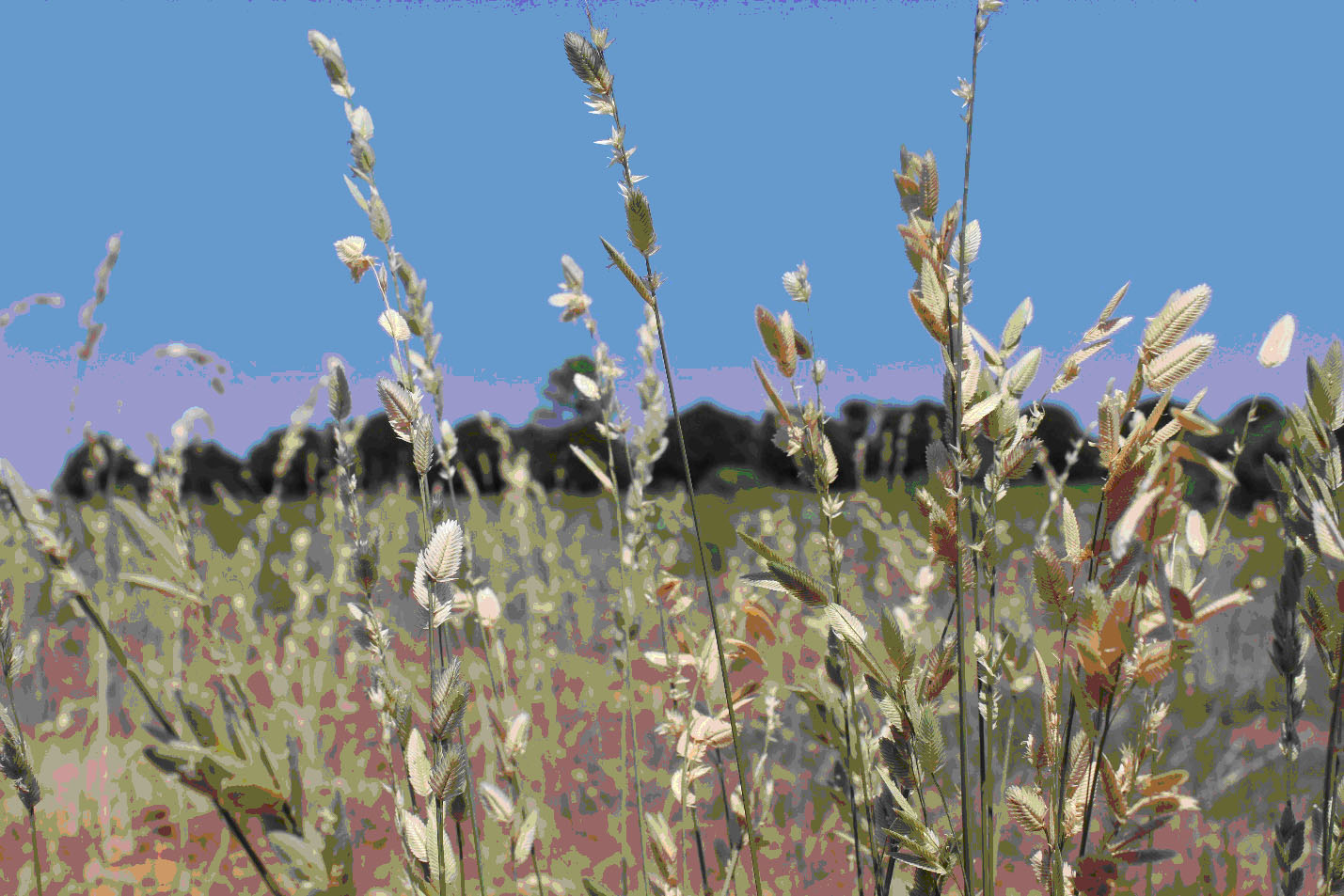
 HOME8 years ago
HOME8 years agoGrazing North Texas – Wilman Lovegrass
-
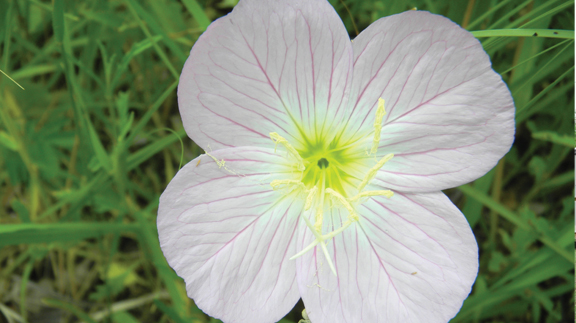
 Outdoor10 years ago
Outdoor10 years agoButtercup or Primrose?
-
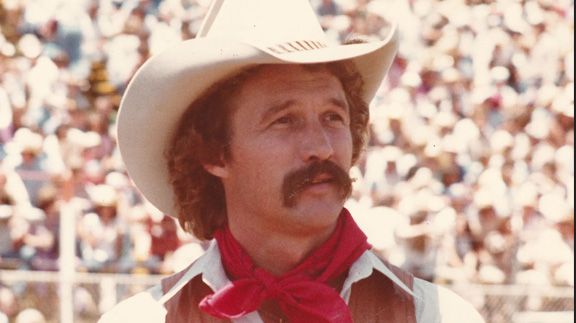
 Country Lifestyles9 years ago
Country Lifestyles9 years agoJune 2016 Profile – The man behind the mic: Bob Tallman
-
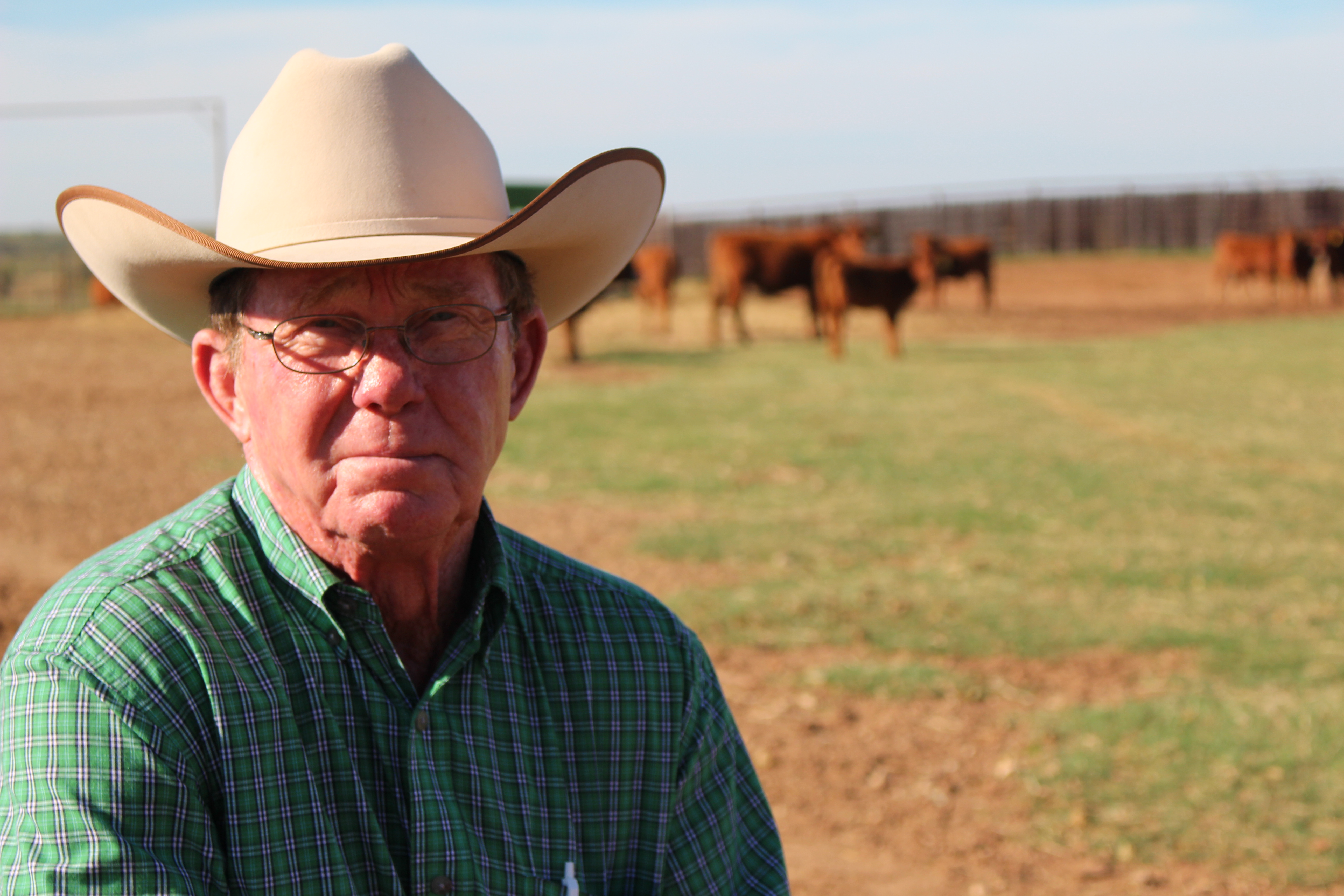
 Country Lifestyles8 years ago
Country Lifestyles8 years agoDecember 2016 Profile, Rusty Riddle – The Riddle Way
-
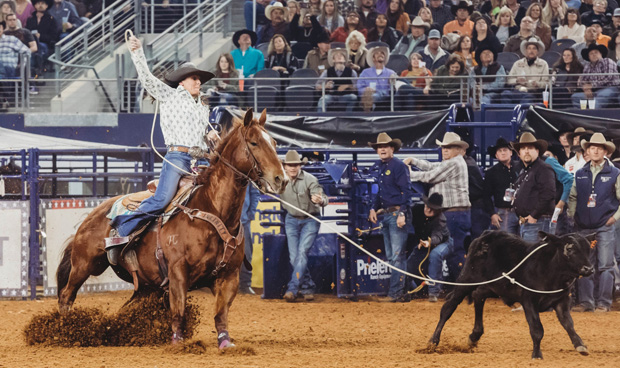
 Country Lifestyles5 years ago
Country Lifestyles5 years agoAmber Crawford, Breakaway Roper
-

 Horsefeathers11 years ago
Horsefeathers11 years agoMount Scott: Country Humor with David Gregory
